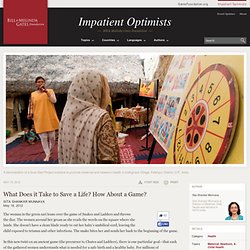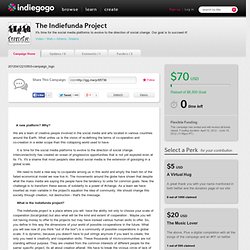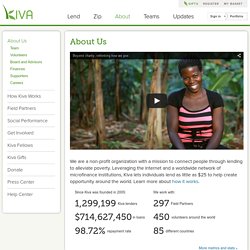

Charity and taxation: Sweetened charity. UK Child Poverty: Think tank urges government to replace current targets with more meaningful indicators.
What Does it Take to Save a Life? How About a Game? The woman in the green sari leans over the game of Snakes and Ladders and throws the dice.

The women around her groan as she reads the words on the square where she lands. She doesn’t have a clean blade ready to cut her baby’s umbilical cord, leaving the child exposed to tetanus and other infections. The snake bites her and sends her back to the beginning of the game. In this new twist on an ancient game (the precursor to Chutes and Ladders), there is one particular goal—that each of the gathered women understands what is needed for a safe birth and a healthy baby. For millions of economically disadvantaged women in India, this goal is still beyond reach. So how does a game save lives? The Sure Start version of Snakes and Ladders is played in a setting that many women are familiar with—mothers’ groups. And as parents share these successful strategies, we’re seeing a snowball effect—a change among a critical mass of people that will lead to a generational change for India.
The Indiefunda Project. A new platform?

Why? We are a team of creative people involved in the social media and arts located in various countries around the Earth. What unites us is the vision of re-defining the terms of co-operation and co-creation in a wider scope than this collapsing world used to have. It is time for the social media platforms to evolve to the direction of social change. Interconnectivity has created an ocean of progressive opportunities that is not yet explored even at its 1%. it's a shame that most people's idea about social media is the extension of gossiping in a global scale. We need to build a new way to co-operate among us in this world and empty the trash bin of the failed economical model we now live in.
What is the indiefunda project? The indiefunda project is a place where you will have the ability not only to choose your scale of cooperation (local/global) but also what will be the kind and extent of cooperation . How Does it work? For causes: First, you define the cause. About Us. We are a non-profit organization with a mission to connect people through lending to alleviate poverty.

Leveraging the internet and a worldwide network of microfinance institutions, Kiva lets individuals lend as little as $25 to help create opportunity around the world. Learn more about how it works. Since Kiva was founded in 2005: 1,299,199 Kiva lenders $714,627,450in loans 98.72% repayment rate We work with: 297 Field Partners 450 volunteers around the world 85 different countries More metrics and stats » Why we do what we do We envision a world where all people - even in the most remote areas of the globe - hold the power to create opportunity for themselves and others. We believe providing safe, affordable access to capital to those in need helps people create better lives for themselves and their families.
How we do it Making a loan on Kiva is so simple that you may not realize how much work goes on behind the scenes. Learn more about how it works. How we're funded. Broadcast Yourself. Giving What We Can - Myths About Aid. Myth 1.

‘We already spend a vast amount on foreign aid’ The full picture: The amount the developed world spends is tiny compared with its wealth. In 2012, governments of developed countries spent $128 billion on foreign aid, and private aid from citizens added $56 billion. BUT: The total aid was only 0.4% of the combined national income of those countries, or four dollars out of every thousand.The total aid was only $152 per person living in developed countries.There are 5.84 billion people in developing countries, which means that the total aid was only $33 per recipient. People are often under the impression that a lot more is spent on foreign aid than it actually is. Myth 2. Global poverty is a massive problem, and aid certainly hasn’t made it disappear yet.
Despite this, a lot has been achieved in the developing world: Smallpox was eradicated worldwide by 1980 following a World Health Organisation initiative launched in 1959. Myth 3.